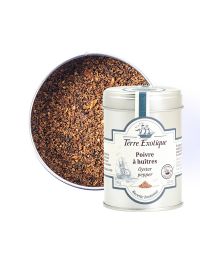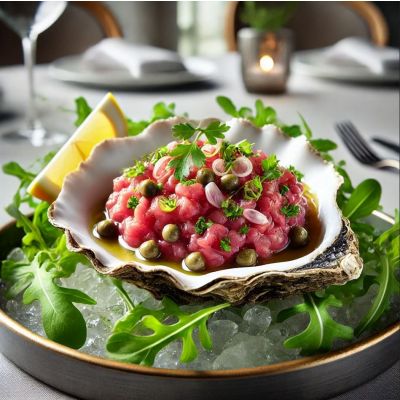Oysters, treasures of the sea
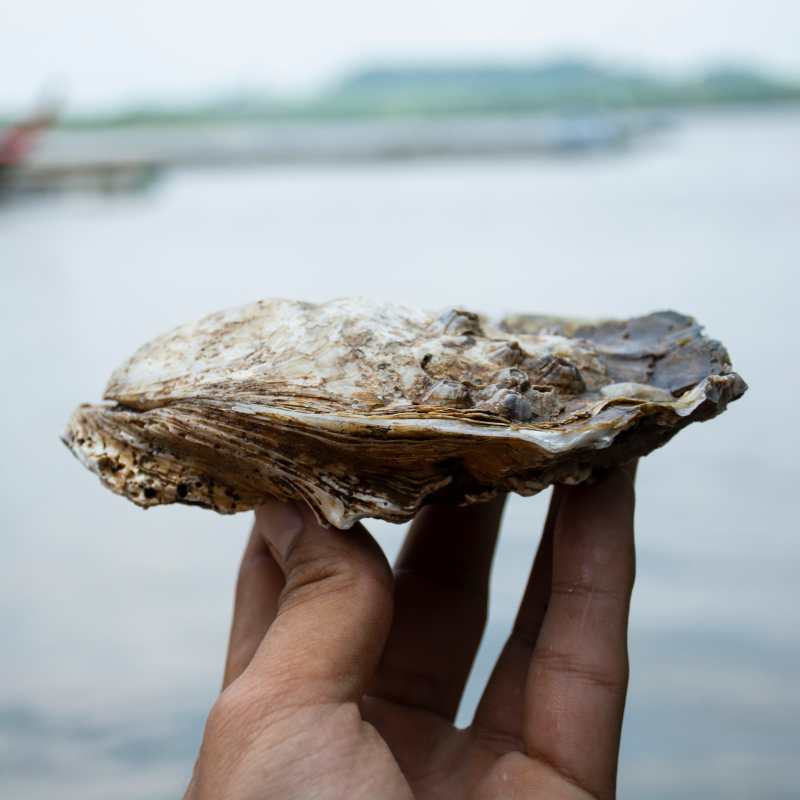

What is the method of harvesting oysters?
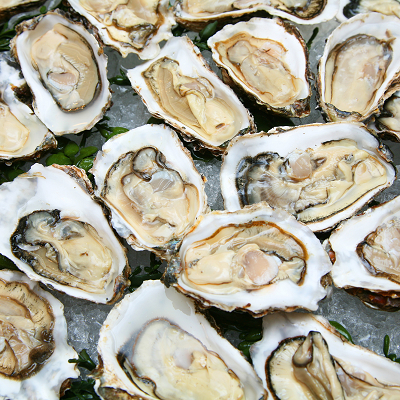
Oysters begin their life as larvae, collected on collectors in the sea or in hatcheries. They are then transferred to oyster farms, where they grow on cultivation tables or directly on the seabed. After several months to a few years, depending on the variety and growth conditions, they are harvested and placed in "claires" (shallow basins) for refining, which enhances their taste and texture. This meticulous process ensures high-quality oysters ready to delight gourmet palates.

Our French producers
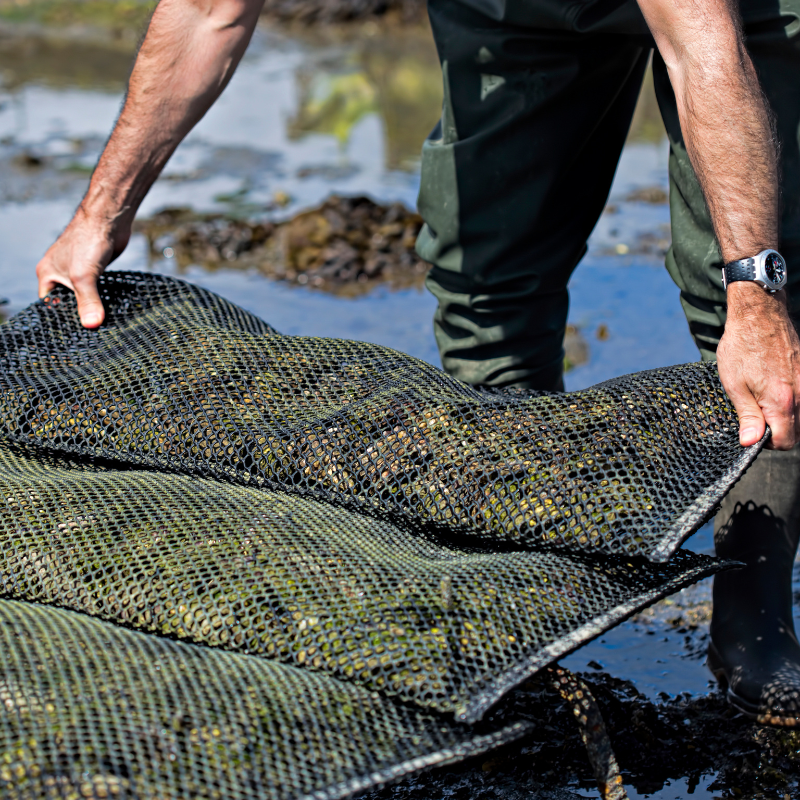
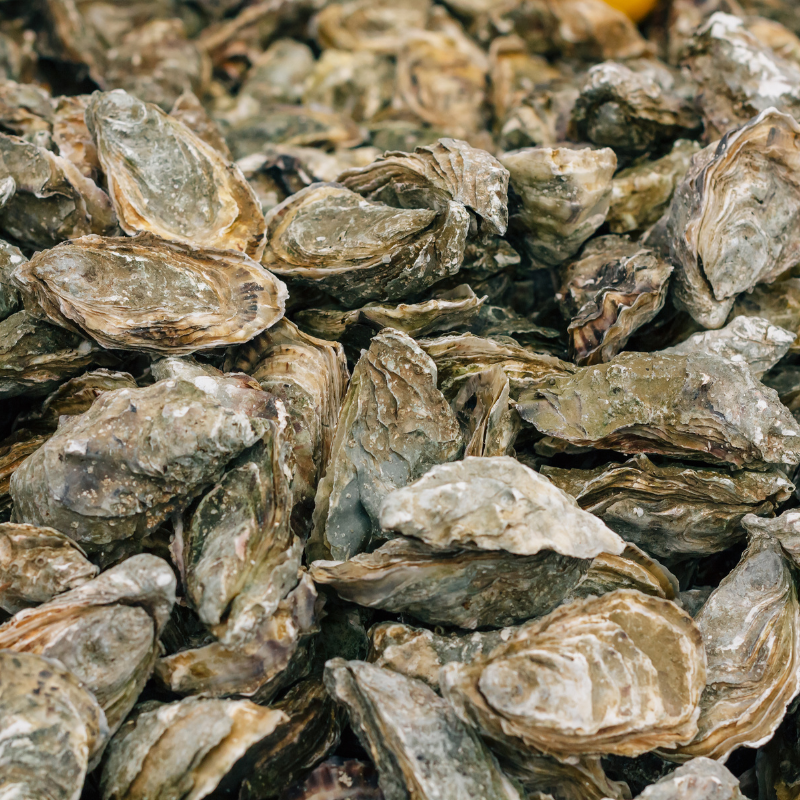
France is the leading producer of oysters in Europe, with several iconic regions:
- Normandy: Known for its Saint-Vaast and Isigny oysters, this region benefits from an ideal climate for oyster farming.
- Brittany: With famous sites like Cancale and the Gulf of Morbihan, Brittany produces oysters with a briny and delicate flavor.
- Pays de la Loire: Vendée oysters, particularly those from Noirmoutier, are highly prized for their fine and crunchy flesh.
- Nouvelle-Aquitaine: The Marennes-Oléron basin is renowned for its "claire" refined oysters, which acquire a unique flavor and a characteristic green hue.
- Occitanie: The Thau basin produces plump and flavorful oysters, perfect for raw consumption.

And how to choose them?
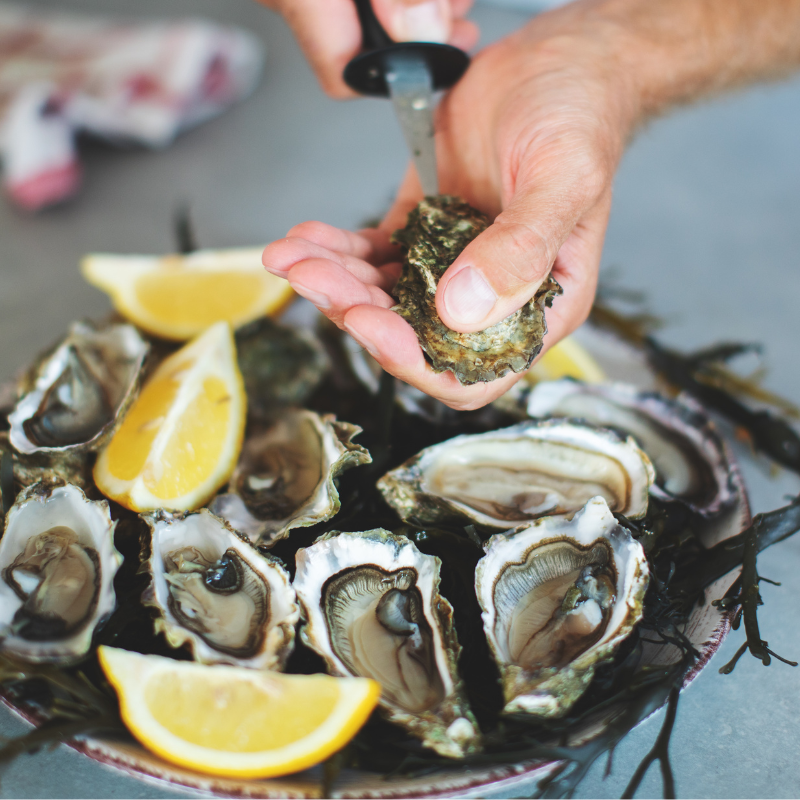
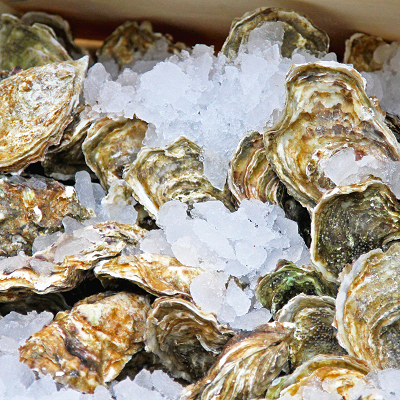
Oysters are classified by numbers that indicate their size. The smaller the number, the larger the oyster. Here are the main categories:
Number 0: The largest, often used for cooking.
Number 1: Very meaty, ideal for those who love generous oysters.
Number 2: A good balance between meatiness and delicacy.
Number 3: The most common, balanced in size and flavor.
Number 4 and 5: Smaller, perfect for appetizer tastings.
Milky or not?
Oysters go through a reproductive cycle that affects their texture and taste. In the summer, oysters can become "milky" due to the presence of milt, or gametes. Some people prefer to avoid milky oysters as they are creamier and less firm. To avoid milky oysters, it is recommended to consume them outside the reproductive period, specifically during the months with an "R" (September to April).
Did you know?
Pearls, symbols of beauty and luxury, form inside certain species of oysters when foreign objects, such as grains of sand, enter their shells. To protect itself, the oyster gradually coats these intruders with successive layers of nacre, a smooth and shiny substance. However, only one oyster in 10,000 naturally produces a pearl under these conditions!
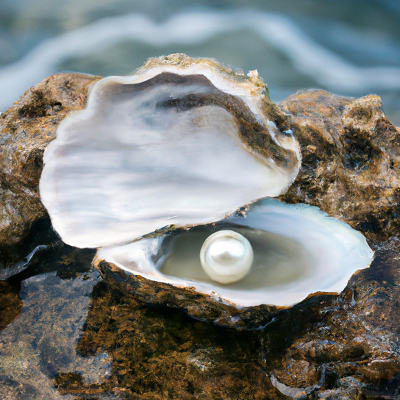
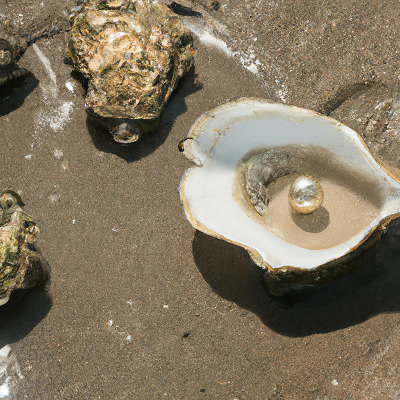

 Français
Français 
